People repeat a lot of the same things in the gym. It’s quite common. Change that. How? By performing some awesome exercises you never do. Which ones? We have a list of the best ones right here!
On a typical day on the gym floor, it’s common to see people crowding the bench press, doing traditional squats and biceps curling. You know, doing the common lifts.
These staple exercises are great for strengthening and building muscle, but which exercises do you rarely see people doing at the gym?
There are some extremely important exercises that aren’t commonly used and could make all the difference in hypertrophy, overall strength gains and improving the load and volume of the commonly performed lifts.
Which ones?
Don’t worry.
We’ll explain all.
What follows are the best exercises you’re not doing, but should start now!
Barbell Hip Thrust
Our bodies are amazing. They adapt to what we do most to be the best at that activity. However, this can also be a pitfall, especially if you sit at a desk or drive all day. If your lifestyle involves a ton of sitting, you aren’t using your posterior muscles throughout the day except to sit on them. The sitting position causes an anterior pelvic tilt.
This shortens the hip flexors or causes them to be overactive.
Overactive hip flexors cause a kink in the kinetic chain, specifically in the lumbopelvic hip complex. This comprises almost all of your core muscles. An efficient and strong core is needed to have superior control of your movement, stability and to prevent injury.
Not to mention, a strong core improves all your other lifts.
The second problem is that after sitting all day, you don’t target those muscles when you get to the gym. It’s time to get focused. One exercise that directly targets the lumbopelvic hip complex is the barbell hip thrust. The barbell hip thrust strengthens the glutes. It also stretches and activates the hip flexors helping prevent them from becoming overactive.
How To Perform Barbell Hip Thrusts
First, secure a low bench and a barbell.
Load a bar with the desired weight. Olympic weights are ideal if you aren’t starting with 45s on each side. The Olympic plates raise the bar allowing you to roll the bar over your legs and thighs for proper placement. The bar should sit directly on your hips, right where your hip and leg meet. Use the black tubing typically used on the bar for squats to relieve pressure. Your shoulders should be placed on the bench below your shoulder blades.
Drive your feet into the ground while you extend your hips upward. Your body should create a flat bridge.
Your shoulders, hips and knees should be in perfect alignment. Hold for a two count while squeezing your glutes. Note: You’ll want to push your head and neck back, but don’t. Tuck your chin down toward your chest while completing this exercise. When you move downward, don’t let the weights touch the floor before you lift into the second rep.
Repeat this motion for your sets.
Good Mornings
Take a bow with a little extra weight on your back and you’ve got yourself a good morning.
Good mornings mainly target your hamstrings, a typically underworked muscle. But, the hamstrings are vital. Why? They’re responsible for the movement of your knees and for hip extension.
Once again, based on your lifestyle and the types of athletic activities you do each day, your hamstrings become tight or overactive. Think of runners. They have very strong quads from covering tons of miles, but their hamstrings are grossly neglected. There are also those who on leg day only focus on quad dominant exercises. All of these activities lead to muscle imbalances between the hamstrings and quads.
This could, in time, lead to an injury.
Wake those hamstrings up with some good mornings. On legs day, your focus should be on building a great hamstring to quad ratio. According to a study by Rosene et al. (2001), a normal hamstring to quad ratio is 50 to 80%. This means that your hamstrings should be able to handle 50 to 80% of the weight load that your quads can handle.
If you squat 200 pounds, then you should be able to handle, at a minimum, 100 pounds on your good mornings or other hamstring-focused exercises such as hamstring curls. However, when beginning good mornings, start with lighter weight and work your way up so that you don’t injure your lower back doing this exercise.
How Do You Perform Good Mornings?
Load a barbell on a power rack with the desired weight. When getting the bar in position on your back, it should be placed across your shoulders like you would for a squat. Step back from the rack and position your feet about shoulder-width apart.
Keeping tension in your back and a slight bend in your knee, bend at your hips. Your hips are like your hinge, where the movement occurs. They should move backward as you bend forward to a nearly parallel position. Keep your neck, shoulders and back in alignment throughout the movement. You should feel pulling in your hamstrings as you complete the movement.
Reverse the motion by extending your hips using your glutes and hamstrings back into the starting position.
Farmers Walk Or Loaded Carry
Dan John said, “Find that missing ingredient and you’ll build more muscle faster, drop fat quicker, and kick any ass on any field of play. And I’m going to tell you what that missing ingredient is for most weight-trained men.
Ready?
It’s the loaded carry. The loaded carry does more to expand athletic qualities than any other single thing I’ve attempted in my career as a coach and athlete.”
Stability is a recurring theme when it comes to strength and power. Whole body stability is necessary for anyone who intends to lift heavy. If you can’t stabilize the weight you’re trying to lift, you are setting yourself up for disaster – injury.
The farmer’s walk is an exercise devoted to improving the stability of your shoulders, arms, back, core, hips, legs, actually, your whole body. Even your grip becomes stronger because your body has to move while supporting and carrying a heavy load. Farmers walk also naturally force your body to get into proper alignment and use its stabilizing muscles.
Not only will your body’s stabilizers get a workout, you are also going to get the old heart rate racing, torch fat, build muscle and improve all of your other lifts.
Pick up some heavy weights and start walking. It’s that easy.
How Do You Complete Farmers Walks?
These are one of the simplest exercises to perform.
Standard farmers walk – Grab two dumbbells and start walking.
Barbells – Load two barbells, lift them up and start walking. You may need a wider walking space to use the barbell method.
Kettlebell – Grab two kettlebells and get moving.
Trap bar – Load a trap bar, step inside, lift and start walking.
Overhead Squats
This seemingly simple squat variation is actually quite hard.
The simple act of holding the bar over your head requires great core strength and stability from the lumbopelvic hip complex and shoulders. Performing this exercise will improve your functional strength, flexibility, core strength, shoulder stability and mobility. If you have any weaknesses, the overhead squat will quickly point them out.
Overhead squats have traditionally been used by fitness professionals to screen clients for both quality and range of movement, for overactive and underactive muscles causing compensations at the joints and for movement dysfunctions usually caused by these limitations.
When you start incorporating load carries, your performance may be limited, even for gym regulars?
Why?
The reason is due to stability and mobility issues that stem from a weak core, poor flexibility in the feet, ankles, hips or tight pectoral muscles. These stability and mobility imbalances hinder proper form, depth of the squat and the weight load that you can handle. With that in mind, try doing this exercise with light weight or no weight at first.
On the bright side, this exercise can help to correct all of these imbalances, which will make you a much stronger lifter. Bishop et. al (2016) attest, “The practicality of using an exercise such as the overhead squat would appear to be quite strong, as it challenges the mobility of all key joints in the kinetic chain through a movement pattern commonly used in strength and conditioning practices.”
How Do You Perform An Overhead Squat?
Begin with a light barbell. If you’re going to add weight, load it on a power rack on the exterior hooks. Stand with your feet shoulder-width apart. Using a wide overhand grip, lift the bar and press it overhead. Your arms should be fully extended.
The bar should be just behind your head, never over it.
In this position, slowly move into the traditional squat position. Keep your chest pushed out throughout the movement. Squat down until your thighs are parallel with the floor. Push through your heels to return to the starting position.
Renegade Rows
It’s common to see gym-goers completing stationary dumbbell rows.
However, when you take that same row and complete it from the plank position, you increase the level of intensity by 100%. This is a renegade row.
You are definitely going to fire up your shoulders, pecs, biceps, triceps and back while using your core and legs for stabilization, so you get a full body workout. Using this compound exercise, you are also going to fire up your heart rate and cardiorespiratory system, which will help you burn more calories.
McCall (2016) states, “The body expends 5 calories of energy to consume 1 liter of oxygen. Exercises that involve more muscle tissue require more oxygen, which helps the body increase its net energy expenditure.” Test your true strength and endurance with renegade rows.
How Do You Perform Renegade Rows?
Grab two dumbbells, lighter than your regular row weight, and place them about shoulder-width apart on the floor. Get into the push-up or high plank position grabbing onto the handles. Be sure that they’re well positioned right under your shoulders and lock your elbows.
Keep your left arm locked while you pull your right arm up into a row with the weight. You’ll pull straight up to your waistline. Lower the weight back down. Lock that right arm and then repeat the motion on the other side.
To add more of a challenge, complete a push-up before moving into the next rep.
Triple Push-Ups
Get ready for the full gamut as far as push-ups are concerned. This is an all in one taxing exercise.
Push-ups have long been a staple in fitness, and you may already be at pro level, able to rep out 100 standard push-ups or more. However, triple push-ups, as I call them, will really dig at your shoulders, from many angles, your back, and core. Because you’ll continuously be in staggered positions throughout this exercise, you will be relying heavily on core stabilization.
How Do Perform Triple Push-Ups?
Begin in the standard push-up position. Complete a push-up. Next, fully extend one arm as far out in front of you as you can and then move the other arm to the same position. See how far you can lower yourself to the ground in this position.
One arm at a time, bring both arms back to standard push-up position. Next, move one arm out to a wide-arm push-up position, then the other arm. Complete a wide-arm push-up. One arm at a time, move back to the standard push-up form.
That’s one round.
Complete two or three sets of 10 full rounds.
Conclusion
Take the opportunity to do what you don’t normally do. Add these exercises to your routine this week.
It’s beneficial to constantly add new exercises because after three to four weeks your body adjusts to your routines. By keeping your gym routine fresh, you’ll strengthen muscles that need more attention. Also, by using these exercises you’ll establish a solid core, improve your stabilization, prevent injury, eliminate muscle imbalances and thus grow in strength, agility, and muscularity.
By Sarah Chadwell, CPT.
Terry Asher
Latest posts by Terry Asher (see all)
- Better Family – Product Review Liquid Daily 2 oz - Dec 16, 2024
- Post-Workout Recovery: The Key to Optimal Performance - Nov 25, 2024
- Pre-Workout Supplements – Everything You Need To Know - Nov 18, 2024

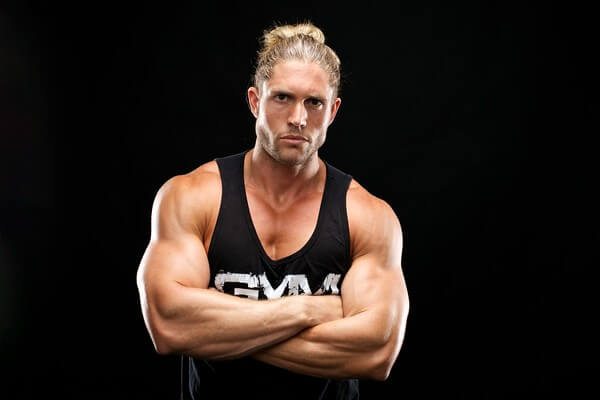
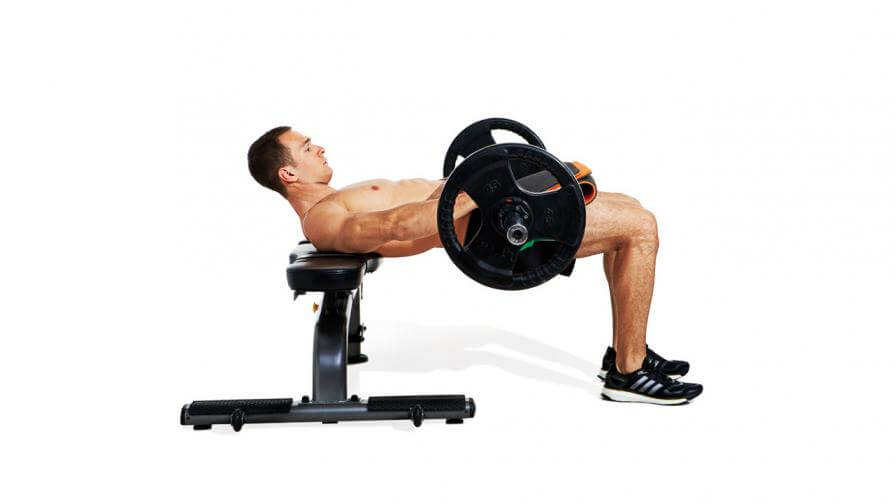
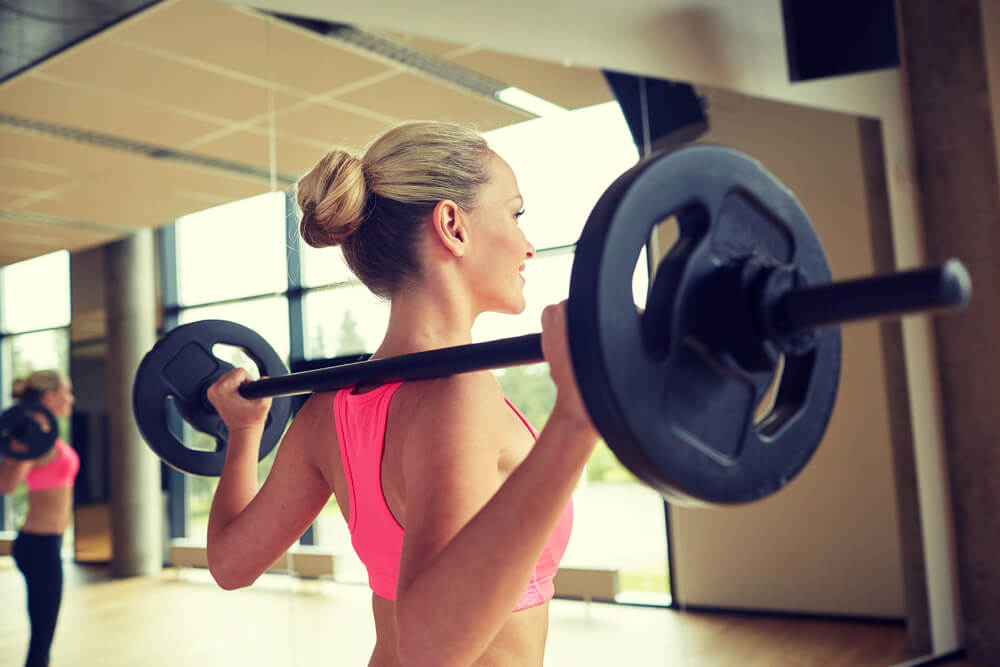
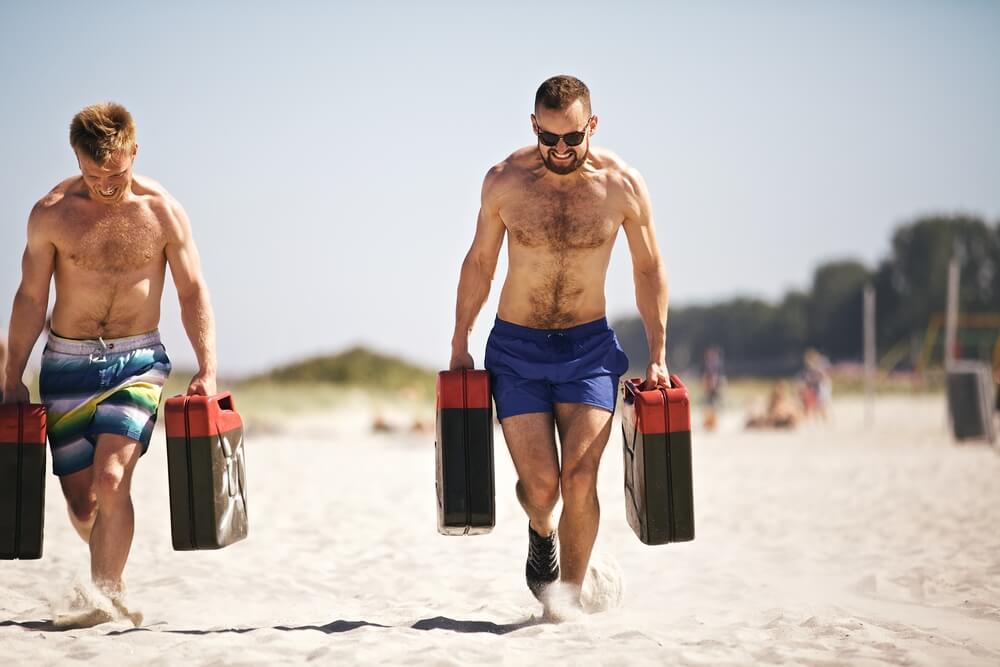
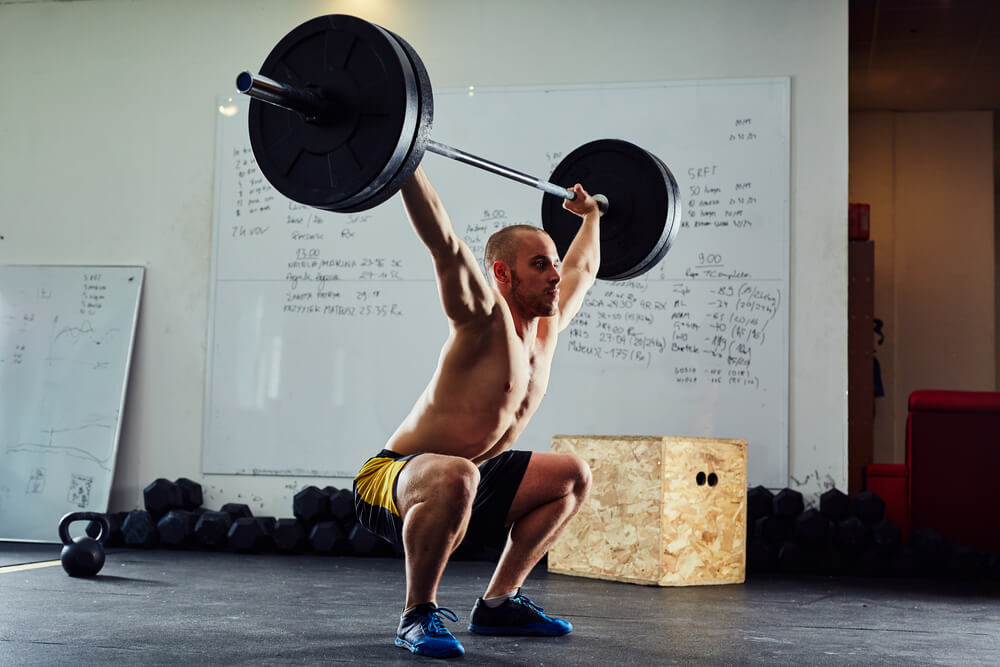
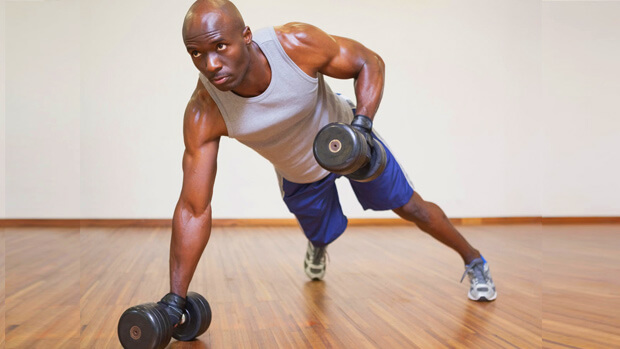










Your page is informative and looks great.
Here are some of our products like muscle building shakes and muscle gain supplements are scientifically designed for building muscle. Have a look at to our products here.
https://www.sci-mx.me/shop/advanced-muscle
This is a very interesting article. It’s very informative and useful. I understand that researching this article may have taken a significant amount of your time. I appreciate the thought you put into it. It’s clear. Once again, thank you.